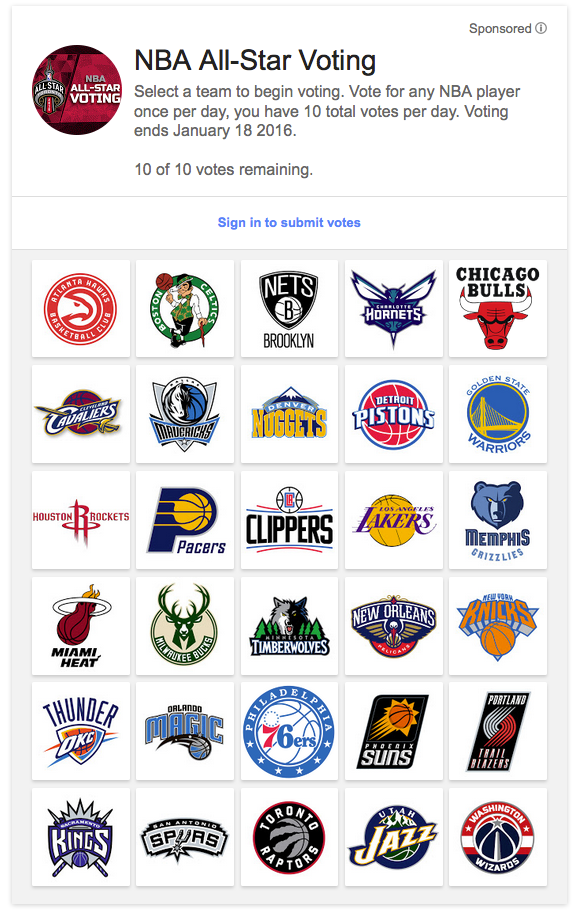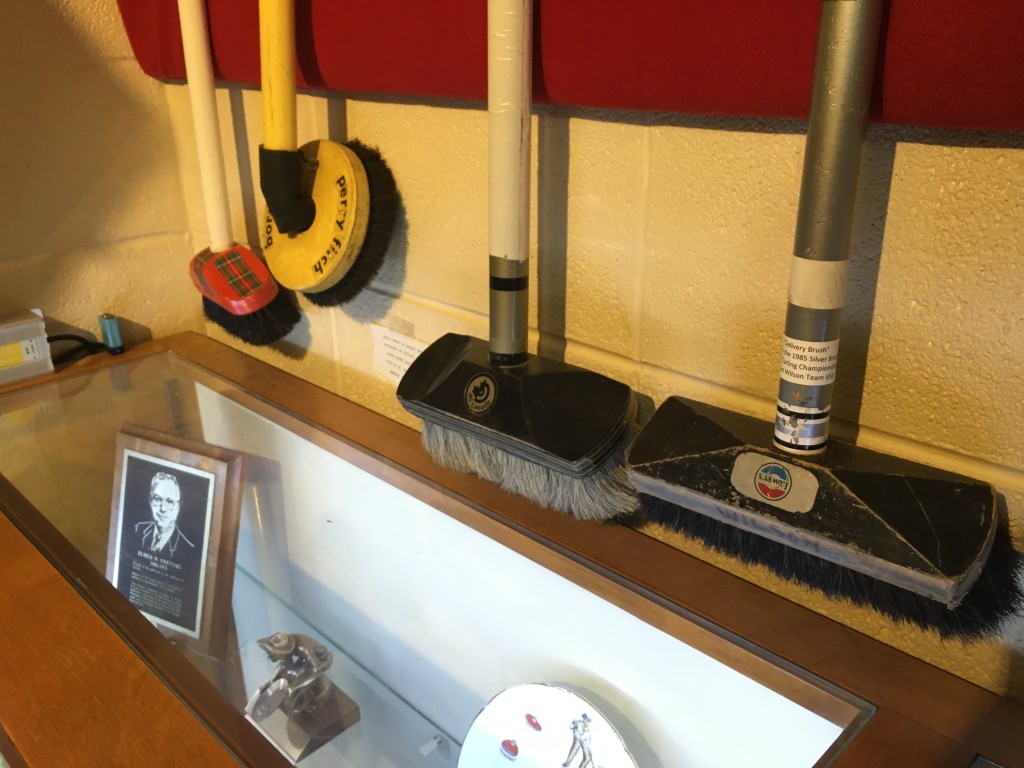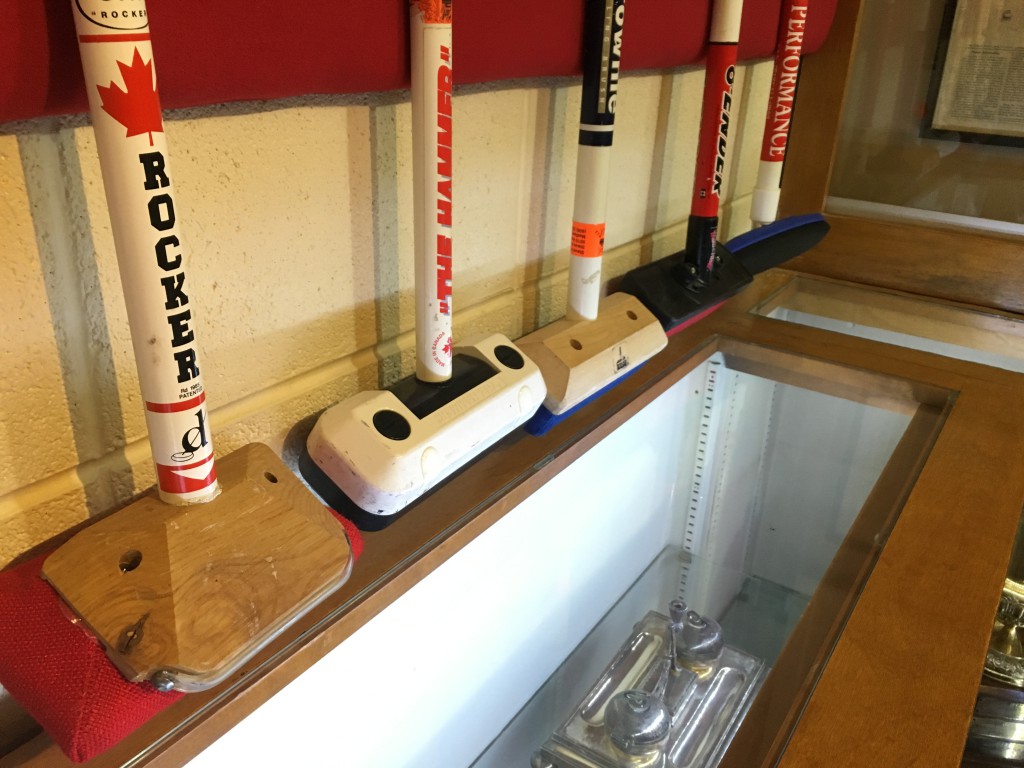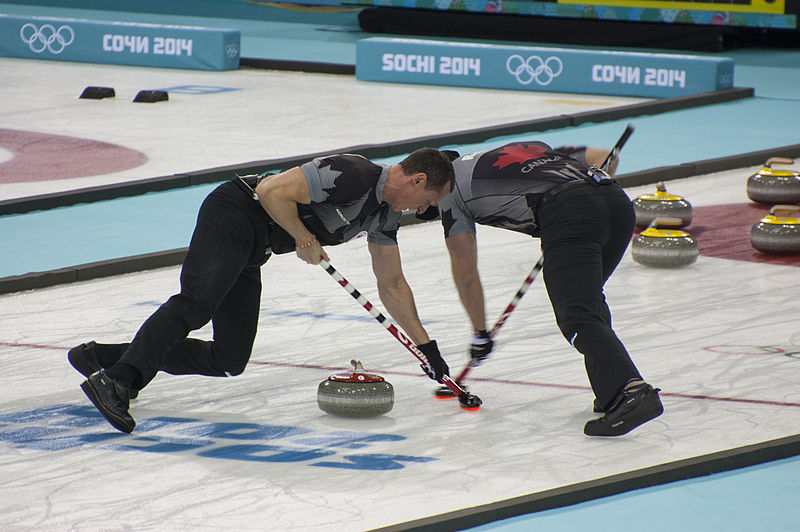How Playing Hockey Video Games Actually Taught Me How Hockey Works
It’s a bit of an odd dichotomy to be a sports fan living in Minnesota and not know anything about hockey. My excuse is that I grew up in Wisconsin, where football is king, and never even had a chance to play hockey in school. But I moved to Minnesota over 10 years ago. They air high school hockey games on the regional sports network here. I should have learned a little by osmosis at least.
I was too busy going to baseball games in the summer and pretending to care about the NFL in the winter to ever give hockey a try. It’s a shame really, because I found that the more of the sport I caught, the more I enjoyed it. So last year, when the NFL finally pulled enough BS to make me quit it pretty much entirely, I thought I’d give hockey a try. The only problem with that plan revolved around that fact that I didn’t really know anything about hockey. I’m not talking about not remembering what player played on what team. I barely knew the rules. So, like any enterprising 30-something with disposable income would do, I tried to solve my problems with video games.
Let’s preface this by saying, with the exception of simply knowing the name of some of the game’s biggest stars (Ovechkin, Crosby, Kane, etc.) essentially everything I knew about hockey came from whatever I ingested by watching The Mighty Ducks 50 times as a child. As it turns out, regular hockey is WAY LESS exciting than movie hockey, and movie hockey isn’t very good at explaining rules, strategy, or really even giving a general sense of the flow of the game. Needless to say, when I fired up NHL 15 last year, I had a steep hill to climb.
NHL 15 had its flaws, certainly, but the gameplay was always spot on for me. The graphics were great, the controls were responsive, and I had the ability to tailor the game in a myriad of ways. I could make my games easy or hard, fast or slow, and even get granular with how I wanted things like puck handling and passing accuracy to behave. I didn’t play much with these in the beginning, however, because I was too busy getting my butt handed to me.
Playing a video game based on sport you know nothing about is like driving a car in a country where the traffic laws are totally foreign. You have a good understanding of the mechanics of the whole thing, but not quite sure how to put it all together. Here’s how those first few days went:
1. Start game
2. Immediately get scored on
3. Check replay to see why
4. Glean nothing from replay
5. Get back into game
6. Get called for a penalty/violation
7. Pause game
8. Google said penalty/violation on my phone
9. Return to step 2.
I didn’t know what the blue lines were for. I didn’t understand offside or icing or interference of delays of game penalties. I didn’t know that if you shot the puck at the opponent’s net after an offside was called, the other team takes umbrage with it at a fairly aggressive level. I didn’t know that my goalie could be checked if he was out of the crease, because I mostly didn’t know what the crease was.
But soon enough, after enough failings and enough Googling, I understood the basic ins and outs of hockey. The hockey I watched on TV started to make more sense. When I watched the playoffs, I could understand a little more of what Doc Emrick was saying. It was some solid progress.
That was last winter, and I came into this season looking to understand a little more about strategy and basic fundamental gameplay. So instead of a general season playing as one team, I waded into the waters of creating my own player via the Be a Pro feature. I was about to go to school. NHL 15 taught me about how hockey was played. NHL 16 taught me how to play hockey.
OK, that last sentence may have been a bit of an overstatement. I’m not saying I’m ready to lace up and bang against some other out-of-shape dudes in a rec league or anything, but playing a season as a single player helped me better understand what everybody did and where they were supposed to go.
I think I’m on my seventh created player. The first six didn’t last very long. I tried playing as a center, but that didn’t do it for me. I tried a right winger but I made him right handed which isn’t the best idea because of the bad forehand angles (something I learned like three games in). I made some guys too big or too small for their position or juiced all the wrong attributes during creation, but finally I settled on a very solid player.
His name is Jacques Jacques. I wanted to make him have just one name like Pele or Cher, but the game wouldn’t let me. Regardless, Jacques was a last name prerecorded by the announcers, so it kind of sounds like they’re just using his one name. I even create a backstory for Jacques. Basically, he’s from somewhere outside Yellowknife, and he was discovered as a 17-year-old competing in unsanctioned MMA fights. He’d never played hockey because he was too busy logging or drilling for oil. But a scout found him and convinced him to learn hockey. It’s basically a mix between the plot of The Air Up There and Wolverine’s backstory from the first X-Men movie.

Anyway, I played a whole minor league season with Jacques and ended up being the first overall pick. I was an Edmonton Oiler. The game, however, did not adjust the rest of the draft after that, so the Oilers still ended up with Connor McDavid. Needless to say, the Oilers are doing pretty well.
It’s kind of hard to explain everything I learned while trying to make my way through a digital hockey career, but the progress has been substantial.
I now understand things like general positioning — where the left winger should be in a given offensive formation. In the past, line changes always seemed so random to me, but now that I actually skate to the bench to rest, I’m starting to pick the best times to do so given where the puck, my teammates, and the opposing players are. I’m starting to decipher the fine lines surrounding what is and isn’t boarding and what is and isn’t interference. Whenever a goal is scored, I go to the replay to try and find out how. Where were the weaknesses in the defense? Who made a good play to get open? Was the goalie beat or was it a fluke deflection?
I see articles all the time about how schools are using games like Minecraft to teach kids things about teamwork and geometry and even basic computer programming. Educators have long used games as a teaching tool. And a silly as it sounds, NHL 15 and 16 honestly helped me learn about hockey. I now have a GameCenter subscription. I watch the Oilers and my hometown Wild or any other game that I find interesting. I’m understanding more and more why certain players or teams are really good.
I still have a lot of learning to do, but I can at least hold my own in a conversation with a hockey fan. I can detect a good play or a misstep when watching on live TV. I now have opinions that I yell at the TV.
Anyone can mindlessly play Madden or FIFA for hours on end. I’m not saying there isn’t value in that. But if one wants to really dig into the specifics and the minutiae of the sport, video games can actually be great for that too. I now know some stuff about hockey, which isn’t something I could have said two years ago. Now I just need to acquire a taste for lutefisk, and I’ll be a true Minnesotan.



